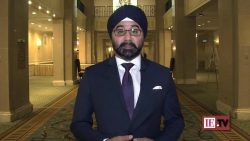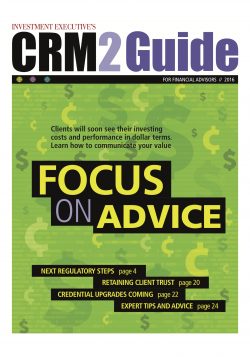As robo-advisors become more popular, a new model - in which human advisors interact with clients while the digital platform manages asset allocation - is emerging in the U.S. and Canada

More than three quarters of retired Canadians who have had a financial planner for at least a decade are happy with the level of funding they have for their twilight years

In addition, investor literacy remains relatively low as 56% failed a 10-question quiz and only 10% answered at least eight of 10 correctly

Technology could be used to prospect for clients and provide basic advice while advisors could step in and provide a greater holistic picture to clients

Bhupinder Anand, managing director, Anand Associates, discusses his perspective on the aftermath of the U.K.’s 2013 Retail Distribution Review, which caused an exodus of investment advisors and reduced access to financial advice for low and middle-income investors. He spoke at the Advocis Regulatory Affairs Symposium in Toronto.
But while some may benefit from professional financial guidance, 26% are unsure of where to turn to get professional financial advice
Small clients are lucky to get one meeting a year with their advisor

The gamma factor – the discipline associated with longstanding financial advice and higher savings rates – is key to explaining the large difference in assets between households with advisors and those without

Clients want low-cost, passive investments and returns of 9.3% above inflation while advisors, who prefer actively managed products, say 4.8% is more realistic

Advisors who cannot show the holistic services they provide may find themselves in a negotiation battle with clients once enhanced reports are delivered in early 2017